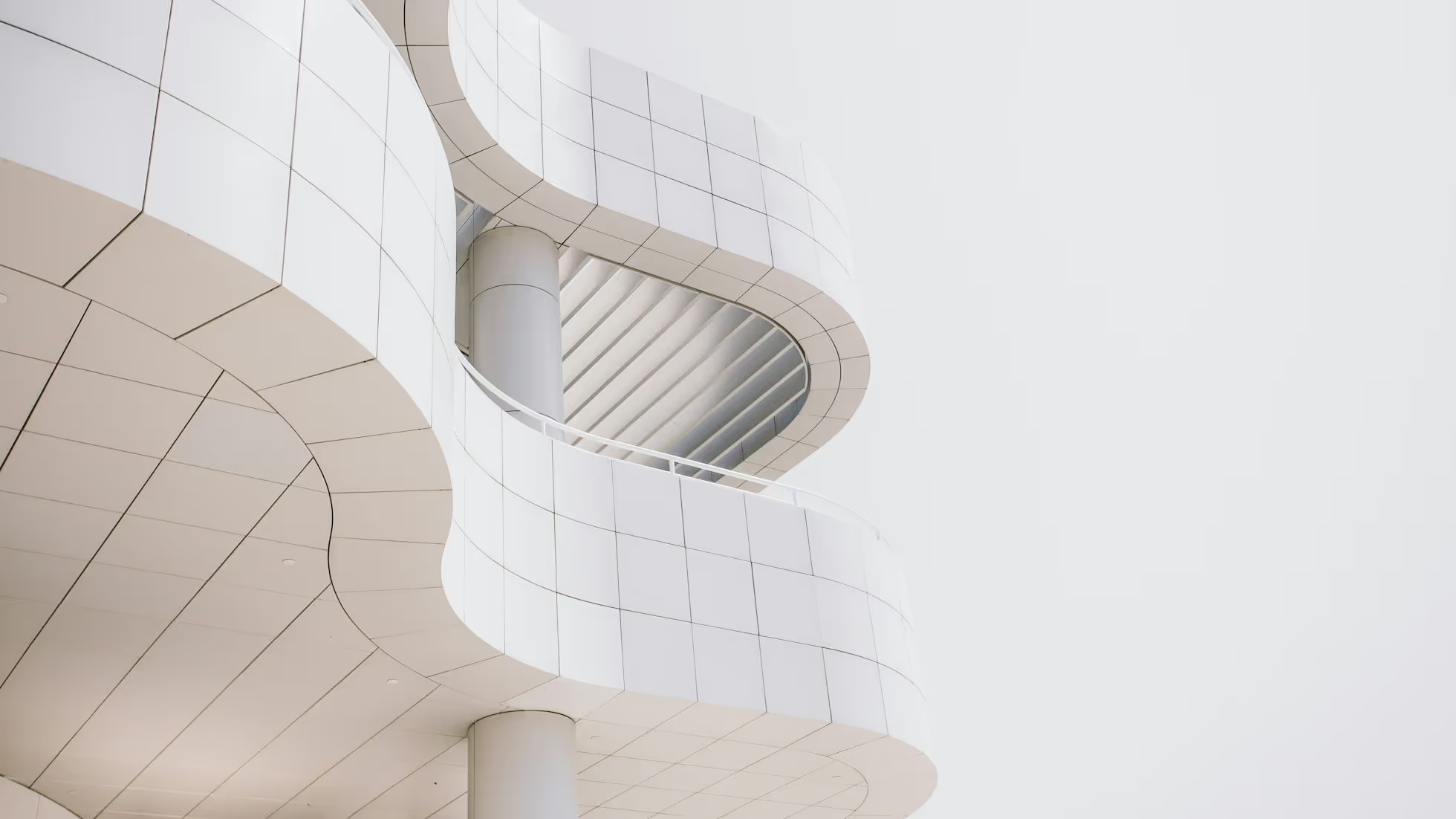Layouts

Layouts are Astro components used to provide a reusable UI structure, such as a page template.
We conventionally use the term “layout” for Astro components that provide common UI elements shared across pages such as headers, navigation bars, and footers. A typical Astro layout component provides Astro, Markdown or MDX pages with:
- a page shell (
<html>,<head>and<body>tags) - a
<slot />to specify where individual page content should be injected.
But, there is nothing special about a layout component! They can accept props and import and use other components like any other Astro component. They can include UI frameworks components and client-side scripts. They do not even have to provide a full page shell, and can instead be used as partial UI templates.
However, if a layout component does contain a page shell, its <html> element must be the parent of all other elements in the component. All <style> or <script> elements must be enclosed by the <html> tags.
Layout components are commonly placed in a src/layouts directory in your project for organization, but this is not a requirement; you can choose to place them anywhere in your project. You can even colocate layout components alongside your pages by prefixing the layout names with _.
Sample Layout
src/layouts/MySiteLayout.astro
---import BaseHead from '../components/BaseHead.astro';import Footer from '../components/Footer.astro';const { title } = Astro.props;---<html lang="en"> <head> <meta charset="utf-8"> <meta name="viewport" content="width=device-width, initial-scale=1"> <BaseHead title={title}/> </head> <body> <nav> <a href="#">Home</a> <a href="#">Posts</a> <a href="#">Contact</a> </nav> <h1>{title}</h1> <article> <slot /> <!-- your content is injected here --> </article> <Footer /> </body> <style> h1 { font-size: 2rem; } </style></html>src/pages/index.astro
---import MySiteLayout from '../layouts/MySiteLayout.astro';---<MySiteLayout title="Home Page"> <p>My page content, wrapped in a layout!</p></MySiteLayout>Learn more about slots.
Using TypeScript with layouts
Section titled Using TypeScript with layouts Any Astro layout can be modified to introduce typesafety & autocompletion by providing the types for your props:
src/components/MyLayout.astro
---interface Props { title: string; description: string; publishDate: string; viewCount: number;}const { title, description, publishDate, viewCount } = Astro.props;---<html lang="en"> <head> <meta charset="UTF-8"> <meta name="description" content={description}> <title>{title}</title> </head> <body> <header> <p>Published on {publishDate}</p> <p>Viewed by {viewCount} folks</p> </header> <main> <slot /> </main> </body></html>Markdown Layouts
Section titled Markdown Layouts Page layouts are especially useful for individual Markdown pages which otherwise would not have any page formatting.
Astro provides a special layout frontmatter property to specify which .astro component to use as the page layout. By default, this specified component can automatically access data from the Markdown file.
src/pages/page.md
---layout: ../layouts/BlogPostLayout.astrotitle: "Hello, World!"author: "Matthew Phillips"date: "09 Aug 2022"---All frontmatter properties are available as props to an Astro layout component.
The `layout` property is the only special one provided by Astro.
You can use it in Markdown files located within `src/pages/`.A typical layout for a Markdown page includes:
- The
frontmatterprop to access the Markdown page’s frontmatter and other data. - A default
<slot />to indicate where the page’s Markdown content should be rendered.
src/layouts/BlogPostLayout.astro
---// 1. The frontmatter prop gives access to frontmatter and other dataconst { frontmatter } = Astro.props;---<html> <head> <!-- Add other Head elements here, like styles and meta tags. --> <title>{frontmatter.title}</title> </head> <body> <!-- Add other UI components here, like common headers and footers. --> <h1>{frontmatter.title} by {frontmatter.author}</h1> <!-- 2. Rendered HTML will be passed into the default slot. --> <slot /> <p>Written on: {frontmatter.date}</p> </body></html>You can set a layout’s Props type with the MarkdownLayoutProps helper:
src/layouts/BlogPostLayout.astro
---import type { MarkdownLayoutProps } from 'astro';
type Props = MarkdownLayoutProps<{ // Define frontmatter props here title: string; author: string; date: string;}>;
// Now, `frontmatter`, `url`, and other Markdown layout properties// are accessible with type safetyconst { frontmatter, url } = Astro.props;---<html> <head> <link rel="canonical" href={new URL(url, Astro.site).pathname}> <title>{frontmatter.title}</title> </head> <body> <h1>{frontmatter.title} by {frontmatter.author}</h1> <slot /> <p>Written on: {frontmatter.date}</p> </body></html>Markdown Layout Props
Section titled Markdown Layout Props
A Markdown layout will have access to the following information via Astro.props:
file- The absolute path of this file (e.g./home/user/projects/.../file.md).url- The URL of the page (e.g./en/guides/markdown-content).frontmatter- All frontmatter from the Markdown or MDX document.frontmatter.file- The same as the top-levelfileproperty.frontmatter.url- The same as the top-levelurlproperty.
headings- A list of headings (h1 -> h6) in the Markdown or MDX document with associated metadata. This list follows the type:{ depth: number; slug: string; text: string }[].rawContent()- A function that returns the raw Markdown document as a string.compiledContent()- A function that returns the Markdown document compiled to an HTML string.
Note
A Markdown layout will have access to all the Markdown file’s available properties from Astro.props with two key differences:
- Heading information (i.e.
h1 -> h6elements) is available via theheadingsarray, rather than agetHeadings()function. fileandurlare also available as nestedfrontmatterproperties (i.e.frontmatter.urlandfrontmatter.file).
Importing Layouts Manually (MDX)
Section titled Importing Layouts Manually (MDX)
You can also use the special Markdown layout property in the frontmatter of MDX files to pass frontmatter and headings props directly to a specified layout component in the same way.
To pass information to your MDX layout that does not (or cannot) exist in your frontmatter, you can instead import and use a <Layout /> component. This works like any other Astro component, and will not receive any props automatically. Pass it any necessary props directly:
src/pages/posts/first-post.mdx
---layout: ../../layouts/BaseLayout.astrotitle: 'My first MDX post'publishDate: '21 September 2022'---import BaseLayout from '../../layouts/BaseLayout.astro';
export function fancyJsHelper() { return "Try doing that with YAML!";}
<BaseLayout title={frontmatter.title} fancyJsHelper={fancyJsHelper}> Welcome to my new Astro blog, using MDX!</BaseLayout>Then, your values are available to you through Astro.props in your layout, and your MDX content will be injected into the page where your <slot /> component is written:
src/layouts/BaseLayout.astro
---const { title, fancyJsHelper } = Astro.props;---<!-- --><h1>{title}</h1><slot /> <!-- your content is injected here --><p>{fancyJsHelper()}</p><!-- -->Learn more about Astro’s Markdown and MDX support in our Markdown guide.
Nesting Layouts
Section titled Nesting Layouts Layout components do not need to contain an entire page worth of HTML. You can break your layouts into smaller components, and combine layout components to create even more flexible, page templates. This pattern is useful when you want to share some code across multiple layouts.
For example, a BlogPostLayout.astro layout component could style a post’s title, date and author. Then, a site-wide BaseLayout.astro could handle the rest of your page template, like navigation, footers, SEO meta tags, global styles, and fonts. You can also pass props received from your post to another layout, just like any other nested component.
src/layouts/BlogPostLayout.astro
---import BaseLayout from './BaseLayout.astro';const { frontmatter } = Astro.props;---<BaseLayout url={frontmatter.url}> <h1>{frontmatter.title}</h1> <h2>Post author: {frontmatter.author}</h2> <slot /></BaseLayout>Learn

